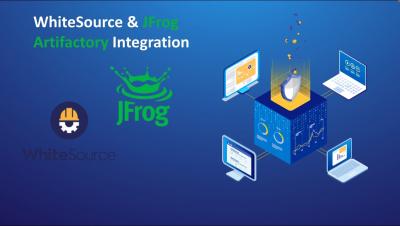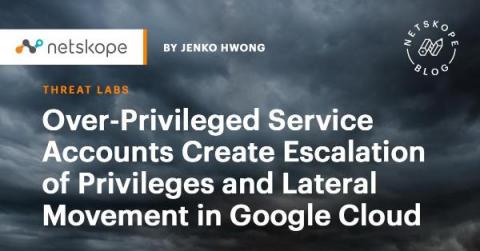Security | Threat Detection | Cyberattacks | DevSecOps | Compliance
Security
Zero Trust with Envoy, SPIRE and Open Policy Agent (OPA)
Enterprises have traditionally relied on perimeter network security to keep attackers out and protect their organizationally unique sensitive data and resources. This approach works on the principle “verify, always trust” wherein authenticated users inside the network are trusted by default and allowed unfettered access. With the shift to cloud-native architecture, perimeter-based defenses have become obsolete and leave systems inherently vulnerable to malicious actors.
Why authorization and authentication are important to API security - and why they're not enough
The number of machine identities for which organizations are responsible has “exploded” in recent years, according to Security Boulevard. These machine identities include devices and workloads. But they also include application programming interfaces (APIs). Organizations use APIs to connect the data and functionality of their applications to those managed by third-party developers, business partners, and other entities, per IBM.
Implications for reporting significant cyber incidents under FISMA 2021
The U.S. Federal Government needs to improve its information security risk management policies to keep pace with the dynamic threats to Federal networks and supply chains.
Vulnerability Management - What You Need To Know
Vulnerability management is becoming increasingly important to companies due to the rising threat of cyber security attacks and regulations like PCI DSS, HIPAA, NIST 800-731 and more. Vulnerability management is a comprehensive process implemented to continuously identify, evaluate, classify, remediate, and report on security vulnerabilities.
Using Teleport to Secure SSH and Kubernetes Access
Over-Privileged Service Accounts Create Escalation of Privileges and Lateral Movement in Google Cloud
In this blog, we’ve analyzed data from Netskope customers that include security settings of over 1 million entities in 156,737 Google Cloud (GCP) projects across hundreds of organizations (see Dataset and Methodology for more details on the dataset). We will specifically look at the configuration of service accounts, see what’s commonly occurring in the real world, and analyze how multiple security misconfigurations can lead to escalation of privileges and lateral movement.
Part 3: Using Veracode From the Command Line in Cloud9 IDE
In part three of a four-part series, Clint Pollock, principal solutions architect at Veracode, details how to use Veracode from the command line in the Cloud9 IDE to submit a software composition analysis (SCA) scan. Check out the video and step-by-step instructions below. It’s Clint Pollock, principal solutions architect, back again for part three of our four-part series on using Veracode from the command line in Cloud9 IDE.
Lookout Researchers Take Down Phishing Scams Targeting U.S. Military Families
Here at Lookout, our Threat Intelligence Services teams work with a massive data set that enables them to proactively hunt for threats and conduct forensic investigations. While our findings are used to protect Lookout customers, we also pride ourselves in contributing to the cybersecurity community ensuring that everyone’s security and privacy are safeguarded.
FluBot malware warning after 70,000 attacks launched over SMS
Finland’s National Cyber Security Centre (NCSC-FI) has issued a warning about malicious SMS messages that have been spammed out to mobile users, directing iPhone owners to phishing sites and Android users to download malware. The messages are written in Finnish but without the customary accented characters. In some instances, the messages pose as a notification that the user has received a voicemail message, or a communication from their mobile network provider.











